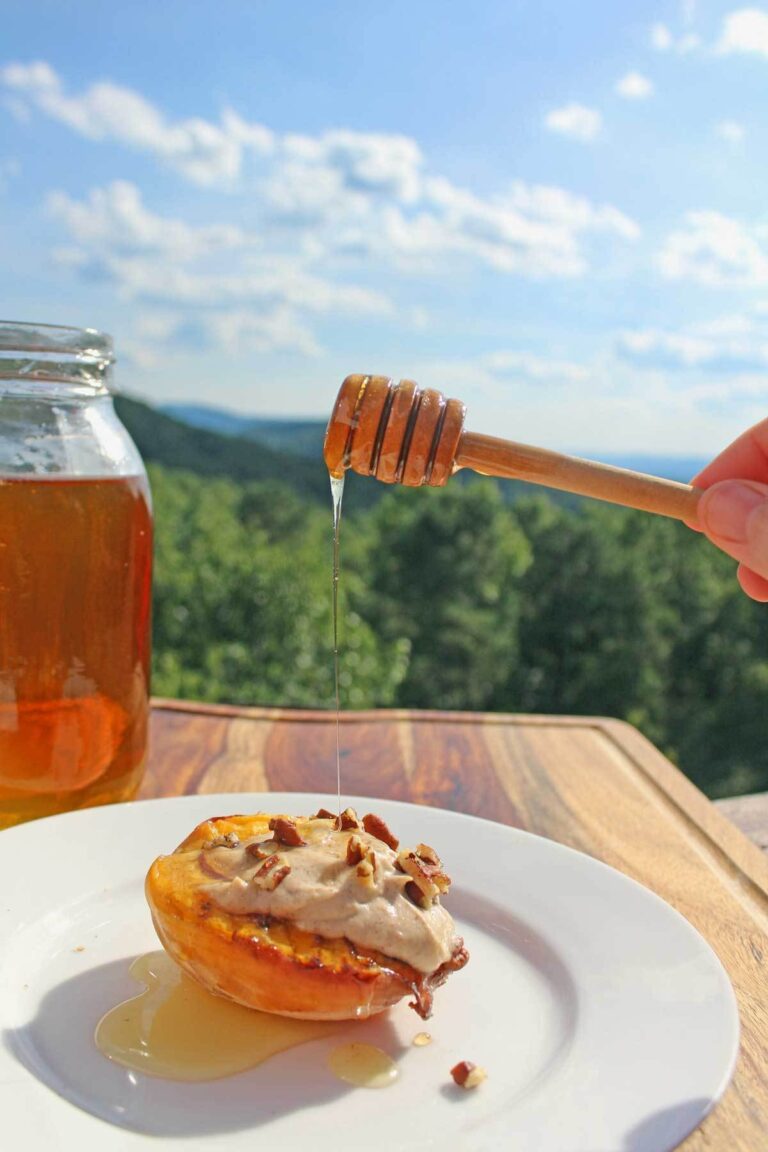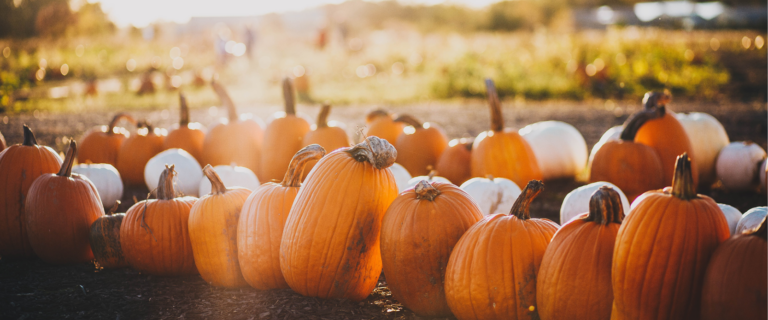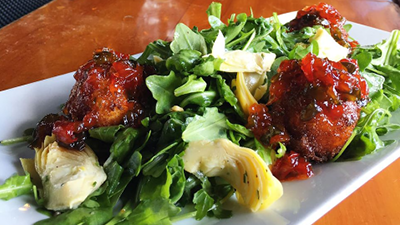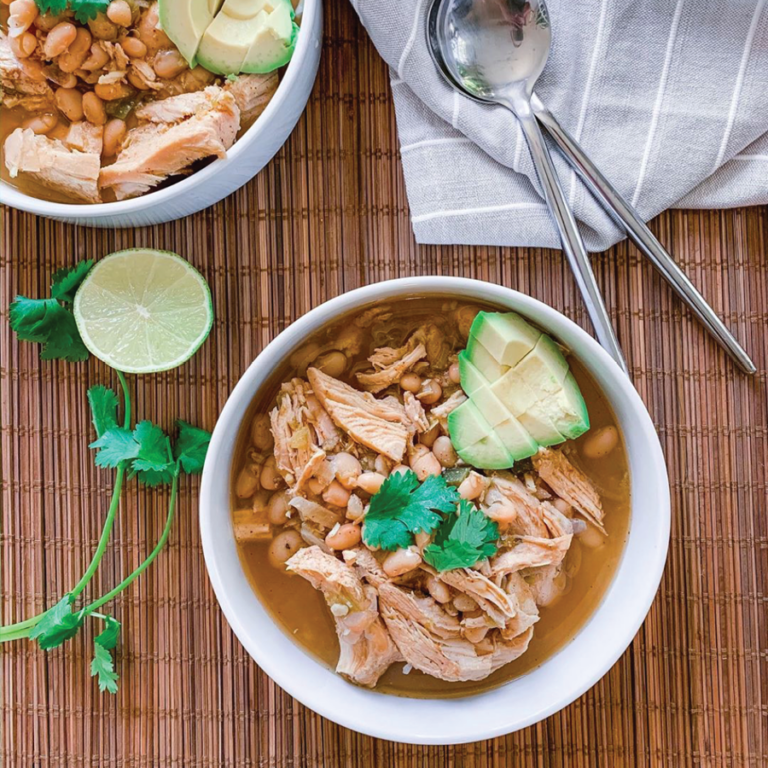Virginia’s Oyster Trail: Celebrating an Oyster Renaissance in the Chesapeake Bay
Raw Oysters from Merroir Tasting Room – Image Credit: VAfoodie
Here in Virginia, we’re lucky to have a truly world-class seafood resource right at our big, briny doorstep.
Well, in truth we have multiple world-class seafood resources at our disposal given the presence of Chesapeake Bay, the largest and most productive estuary in the U.S. But today we’re specifically talking about that bodacious bivalve, the Virginia oyster: delectable raw or cooked, longtime quarry of the legendary Chesapeake Bay watermen, and a vital player in the Bay’s precious ecosystem.
As the nation’s biggest producer of both wild-caught and farm-raised oysters, Virginia’s enjoying an all-out oyster renaissance: a Chesapeake Bay tradition reborn as a sustainable fishery that benefits the environment while treating foodies to a whole range of fantastic regional flavors.
Virginia oysters appear on plates all over the place, but there’s no better way to experience this treasure than along the official Virginia Oyster Trail.
History of the Oyster in Virginia
The Virginia oyster—that’s Crassostrea virginica for you Latin enthusiasts—has been a fundamental part of the East Coast’s estuaries for countless millennia. In the early 1600s, Chesapeake Bay hosted some 200,000 acres of oyster reef: the “oyster rock” formed as generations of the bivalves grew atop the shells of their predecessors.
Oysters have played a major role in Virginia history since pre-Columbian days. (“Chesapeake” actually derives from an Algonquin word meaning “great shellfish bay.”) The mollusks helped sustain the Jamestown settlers during the “Starving Time” of 1609, a famine brought on by drought; oysters prospered in the saltier waters created by the same dry conditions that wreaked havoc on crops.
Harvest of the Virginia oyster ramped up in the 1800s when millions of bushels were hauled out of Chesapeake Bay a year. This overexploitation coupled with compounding issues such as pollution and habitat destruction devastated native oyster beds to such an extent that by the early 2000s a mere 2 percent were left. Fortunately, things are turning around these days thanks to the surge in sustainable oyster-farming and some ambitious ecosystem restoration.
Oyster Shells at Rappahannock Oyster Co / Watermen on the Chesapeake Bay – Image Credit: VAfoodie
Sustainability of Modern Oyster Aquaculture
Today, oyster farming has helped brighten that picture. Aquaculture has bred faster-growing, disease-resistant oysters that can be harvested year-round, resurrecting, in a more environmentally conscious way, shellfish harvests in such venerable Bay waterways as the Rappahannock and York rivers.
The Rappahannock Oyster Company, which last year sold more than 10 million oysters to meet red-hot demand, embodies the Virginia oyster renaissance. Cousins Ryan and Travis Croxton took over their family’s old oyster leases in 2001 and joined other “oyster gardeners” in pioneering sustainable aquaculture in the Chesapeake. Their farm-raised oysters spring from local broodstock and thus take the pressure off wild populations, which are furthermore augmented by the billions of oyster larvae (endearingly called “spat”) these farmed bivalves release.
Meanwhile, both cultivated oysters and their wild counterparts are boosting water quality via natural filter-feeding, which strains out sediments, contaminants, and excess nutrients. (A single oyster can filter better than 50 gallons of water daily.)
The Rappahannock Oyster Co.’s commitment to sustainability also extends to shell recycling, where spent oyster shells are placed in the bay as substrate for spat. These efforts, also practiced by groups such as the Chesapeake Bay Foundation and the VCU Rice Rivers Center, expand oyster reefs to the benefit of the entire ecosystem.
Shrimp and Grits, Crabcake and Oyster Chowder / Steamed Oysters with butter. Courtesy of Merroir Tasting Room – Image credit: VAfoodie
Eating (& Drinking) Your Way Along the Virginia Oyster Trail
Sieving out plankton and nutrients from the brackish waters they call home, Virginia oysters take on the trademark flavor of their local environment. The Virginia Oyster Trail encompasses eight different coastal zones in the Chesapeake Bay watershed that foster distinct merroirs—the oystery equivalent of a wine’s terroir.
And what better beverage to accompany a platter of Virginia oysters than some Virginia wine? Restaurants and wineries along the Virginia Oyster Trail provide plenty of opportunities for some memorable merroir/terroir matchups. Among several eateries run by the Rappahannock Oyster Co., for example, the awesome Merroir Tasting Room right at the oyster farm lets you marry raw or grilled oysters with a range of vino (and craft beer).
Personalized oyster shells at Dog and Oyster Vineyard/ Fried oyster tacos from Byrd’s Seafood – Image credit: VAfoodie
And then there’s Dog and Oyster Vineyard, which makes all its wines with oyster pairings in mind and works hand-in-hand with Byrd’s Seafood. The award-winning Rosé, for example, goes swimmingly with fried oyster tacos, while the aptly named Oyster White nicely accentuates the unadulterated tang of raw oyster.










